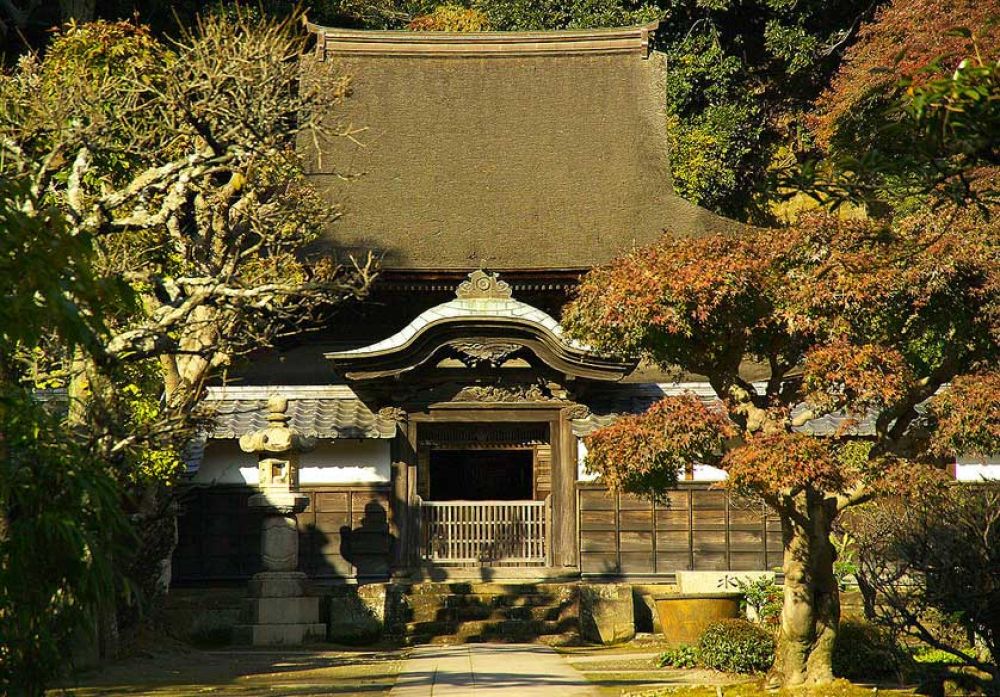

Located in the historic city of Kamakura, Engakuji Temple stands as a significant cultural and spiritual destination, attracting visitors from around the world. Founded in 1282 by the ruling regent Hojo Tokimune, the temple serves as a testament to the profound impact of Zen Buddhism in Japan. Engakuji is one of the leading temples in the Rinzai sect and belongs to the Five Mountains system, which denotes its high ranking among Zen temples.
The history of tourism at Engakuji Temple is intricately linked with the cultural prestige of Kamakura as the political center of Japan during the Kamakura Shogunate (1185–1333). As the city developed, so too did the temple, quickly becoming a place of pilgrimage for those seeking spiritual insight and a glimpse into the nation's rich history.
The late 19th century saw a resurgence in domestic travel in Japan, further amplified by the introduction of the railway system to Kamakura in 1889. This advent made trips to Engakuji and other historical locations more accessible to the Japanese populace, laying the foundations for modern tourism in the region.
With the onset of international travel in the 20th century, Engakuji Temple gained recognition as a destination of international importance. Post-World War II, Japan saw a boom in economic prosperity and a renewed interest in showcasing its cultural heritage to the world.
The temple's proximity to other notable attractions in Kamakura, including the Great Buddha (Daibutsu) and Tsurugaoka Hachimangu Shrine, has solidified its place on the tourist map. Visitors are not only drawn to its spiritual significance but also to the architectural marvels and the serene surroundings of the Kita-Kamakura region.
In recent times, trends in tourism have shifted towards experiential and educational travel. Engakuji Temple has embraced this shift by offering Zen meditation sessions for visitors, providing a unique opportunity to engage with Zen practices.
Sustainability has also come to the forefront, and Engakuji has seen a push towards preserving both its natural and historical integrity. Efforts to maintain the temple grounds, including its ancient trees and moss-covered stone paths, ensure that visitors can appreciate the beauty of the site for years to come.
Annual events, such as the Memorial Service for Hojo Tokimune and the autumnal foliage season, continue to be significant draws for tourists. These events offer visitors the chance to engage with local customs and traditions, adding an enriching layer to their travel experience.
In conclusion, Engakuji Temple's tourism history is a rich tapestry woven with cultural, spiritual, and historical threads. As it adapts to contemporary trends while safeguarding its heritage, Engakuji remains a jewel in the crown of Kamakura's tourism landscape.